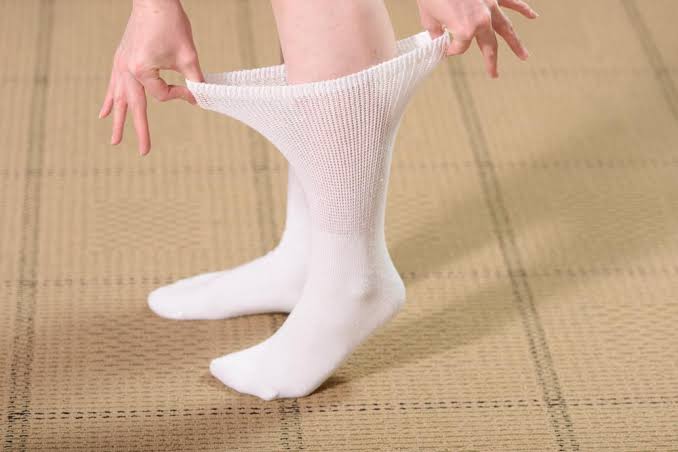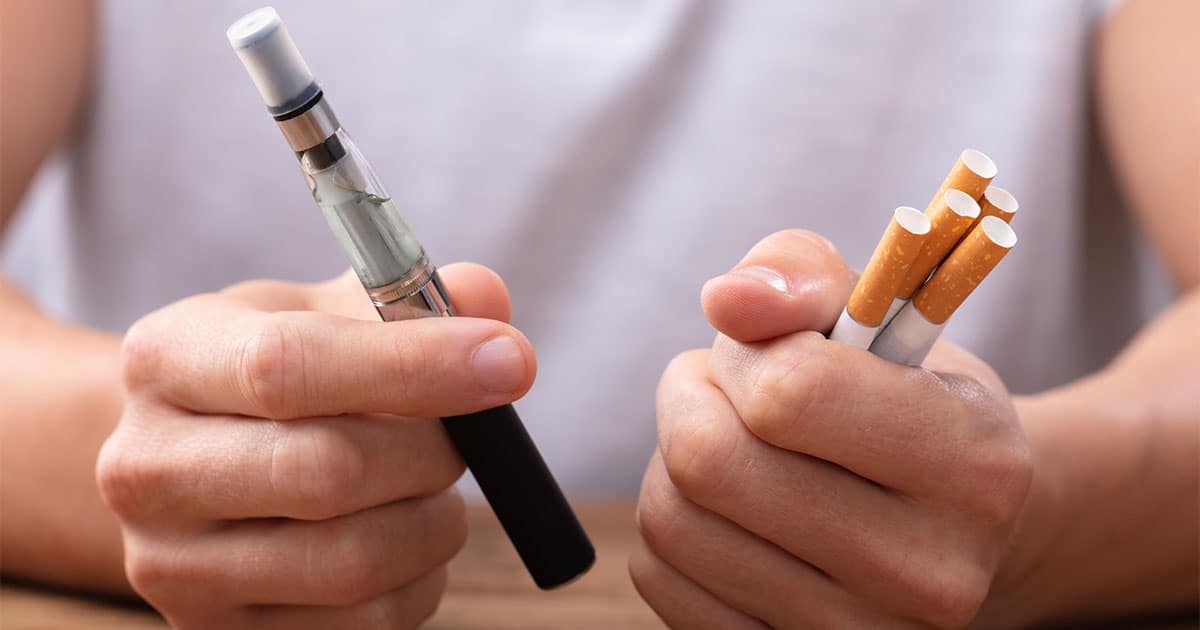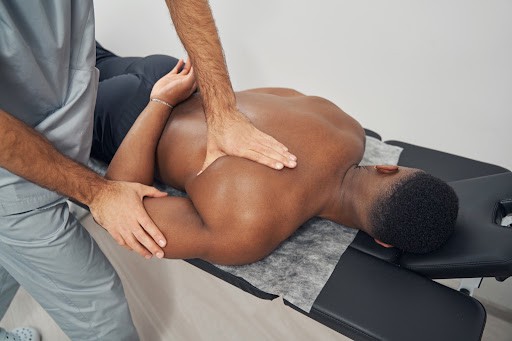
Your feet carry your weight throughout your life, so it is crucial to take care of them properly. Proper foot care is especially important if you have diabetes. Diabetic dress socks play a vital role in diabetic foot care. Normal socks do not give the right fit, causing irritation on the foot. They also cause poor circulation. If you suffer from the diabetic condition for a long period, your body may not have the ability to heal the foot health conditions on its own. Compression socks offer a great solution to this problem. It helps relieve the pain associated with diabetes and poor circulation.
Why Do You Need One?
Socks specially designed for diabetic patients offer extra cushioning and protection you need. They come in multiple colors, styles, and sizes. Hence, you can choose the pair that suits your needs and outfits. They are made with ultra-soft fibers and offer comfortable padding for pressure relief. This helps eliminate symptoms like blisters and infections that can easily develop into neuropathic ulcers. They allow oxygen flow to your feet, increasing your comfort all through the day. Women’s diabetic dress socks also offer great protection to your skin and reduce friction by absorbing moisture. The compression technology used to design these socks ensures improved blood circulation and helps prevent and heal leg ulcers.
Poor Circulation:
High blood glucose can cause poor circulation, especially in your feet. This problem can contribute to two conditions- diabetic peripheral neuropathy and acute sensitivity. Compression socks can help reduce the problem of poor circulation. You can choose from a wide range of styles, lengths, and colors to suit your comfort, protection, and style. You can go for a pair of socks that come with additional fibers, which help improve your performance while doing rigorous activities. The soft fiber wicks away moisture, keeping your feet dry all through the day, no matter how harsh the weather is.
Prevents Ulcers:
Compression socks for diabetics are ideal for preventing and treating venous and arterial ulcers in lower legs. With venous conditions in the lower legs on the raise, you can prevent this risk with the help of compression socks. Socks that come with a light amount of graduated compression are more suitable for sensitive feet caused by diabetes and other health conditions. The antimicrobial agents in the fiber used to design these pretty diabetic socks help control the growth of fungus and bacteria. The soft padding alleviates friction responsible for blisters. Compression socks require very little maintenance.
Diabetes is characterized by increased blood sugar levels, nerve function damage in the extremities and poor blood circulation. The condition predisposes to many other complications detrimental to a person’s health. Most common among those are foot injury complications or infection that often progress to gangrene which is the decay or death of body tissues. A diabetic has diminished sensation due to peripheral nerve damage. Because of that, injuries on feet are oftentimes not recognized, left untreated and have increased the risk for developing infections.
When diabetics develop wounds on their feet, they are most often poor healing because of the lack of circulating blood on the area. Good circulation is needed to promote damaged tissue repairs, but the hardening and blockage of a diabetic’s arteries limit the transport of oxygen, blood, and nutrients to where it is needed, leaving the wounds becoming gangrenous. Eventually, amputation would have to be performed to control its progression. For diabetics, special care for the feet is very pertinent.
Provide Feet Protection:
There are special socks for diabetics intended to help protect their feet. Diabetic socks could come in many forms. Commonly, designs are seamless to avoid irritation and non-compression to prevent restriction. Along with poor circulation, blood pooling is another common concern for some diabetics. Diabetic socks for men are recommended for those with such problems. Compression socks for diabetics are constructed with a stronger elastic material to safely tighten on the lower leg areas, ankles, and feet, promoting venous return.
They are constriction-free and specially-designed to deliver graduated compression (8-18 mmHg) to promote circulation. The type of compression it delivers is therapeutic, non-restrictive and actually improves blood flow while preventing blood from pooling on the wearer’s feet. Though different designs of socks for diabetics are manufactured to address different problems associated with the condition, diabetic compression socks have been proven to effectively improve circulation on the extremities while helping protect the feet.
Compression socks are available in a wide range of colors and styles, making them virtually indistinguishable from traditional socks.
Types of Compression Socks:
Anti-embolism:
Anti-embolism socks are supplied by various brands and are used to help and support the drainage in the leg. The muscles can be used to effectively help to circulate the blood in the legs and they offer a greater amount of pressure at the ankle and lowers as it moves up the leg.
Gradient Socks:
Including forcing the maximum amount of pressure around the ankle, gradient socks are made in a similar way to anti-embolism socks. They are known to be the most effective type of sock and will usually be the most recommended type by doctors, when struggling with things such as blood clots and blood pooling that occurs through periods of physical inactivity.
In many ways, diabetic socks have been designed much like compression socks and make them more suitable for diabetes as they also have some extra key benefits. They have the same pressure system, diabetic socks apply more pressure at the ankle and slowly relieves it as we move up the leg as they are similar in the way, and with exactly the same as the reason for compression socks allows people with diabetes to have a system to ensure blood is flowing properly to their legs.
The differences between these socks that they have the extra benefits. Diabetes patients tend to be at a higher risk of catching fungal foot diseases or obtaining foot ulcers though it may not be known but science has shown.




